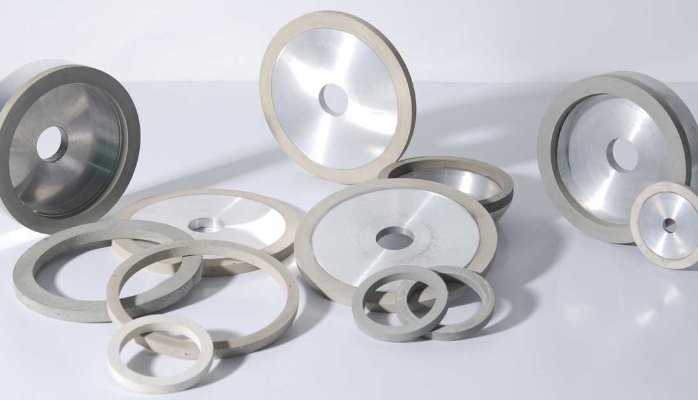When it comes to sharpening tools, using the right equipment is crucial to achieving the desired results. Vitrified grinding wheels are known for their efficiency and precision in sharpening a wide range of tools. In this article, we will explore the advantages of using vitrified grinding wheels for sharpening tools.
What are Vitrified Grinding Wheels?
Vitrified grinding wheels are made from a combination of abrasive grains and a bonding material, which is usually a type of glass. The mixture is then heated to high temperatures until it solidifies into a hard, durable wheel. These wheels are designed to be used in high-speed grinding applications where precision and consistency are essential.
Advantages of Vitrified Grinding Wheels for Sharpening Tools
1. Precision Grinding
- Vitrified grinding wheels are known for their ability to provide precise and uniform grinding results. This makes them ideal for sharpening tools that require a high level of accuracy, such as drill bits, reamers, and end mills.
2. Longevity
- Due to their high strength and durability, vitrified grinding wheels have a longer lifespan compared to other types of grinding wheels. This means less frequent wheel changes and increased productivity.
3. Cool Grinding
- Vitrified grinding wheels have excellent thermal conductivity, which allows for cooler grinding operations. This is important when sharpening tools, as excessive heat can damage the tool and affect its performance.
4. Versatility
- These wheels can be used for a wide range of materials, including steel, carbide, and ceramic. This versatility makes vitrified grinding wheels a popular choice for tool sharpening in various industries.
5. Consistent Performance
- With vitrified grinding wheels, you can expect consistent performance throughout the life of the wheel. This means that your tools will be sharpened to the same high standard every time.
How to Choose the Right Vitrified Grinding Wheel
When selecting a vitrified grinding wheel for sharpening tools, there are several factors to consider:
1. Grit Size
- Choose a grit size based on the type of tool and the material you are sharpening. A finer grit is suitable for achieving a smooth finish on cutting tools, while a coarser grit is better for rapid material removal.
2. Wheel Shape
- Consider the shape of the wheel to ensure it can access the areas of the tool that need sharpening. Common wheel shapes include straight wheels, cup wheels, and dish wheels.
3. Bond Type
- The bond type determines the aggressiveness and wear resistance of the wheel. Resin bonds are suitable for general-purpose grinding, while vitrified bonds are preferred for tool sharpening due to their strength and precision.
4. Wheel Grade
- Wheel grade refers to the hardness of the wheel. Choose a higher grade for grinding hard materials and a lower grade for softer materials.
Tips for Using Vitrified Grinding Wheels
- Always follow the manufacturer's recommendations for speed, feed rate, and pressure when using vitrified grinding wheels.
- Inspect the wheel regularly for any signs of damage or wear, and replace it if necessary to maintain optimal performance.
- Use the appropriate coolant to prevent overheating and ensure a smooth grinding process.
- Avoid excessive force or pressure when grinding to prevent damage to the tool or the wheel.
- Store vitrified grinding wheels in a cool, dry place away from direct sunlight to prevent degradation of the bonding material.
Conclusion
Vitrified grinding wheels offer a range of advantages for sharpening tools, including precision grinding, longevity, cool grinding, versatility, and consistent performance. By choosing the right vitrified grinding wheel and following best practices for usage, you can ensure efficient and effective tool sharpening operations.
